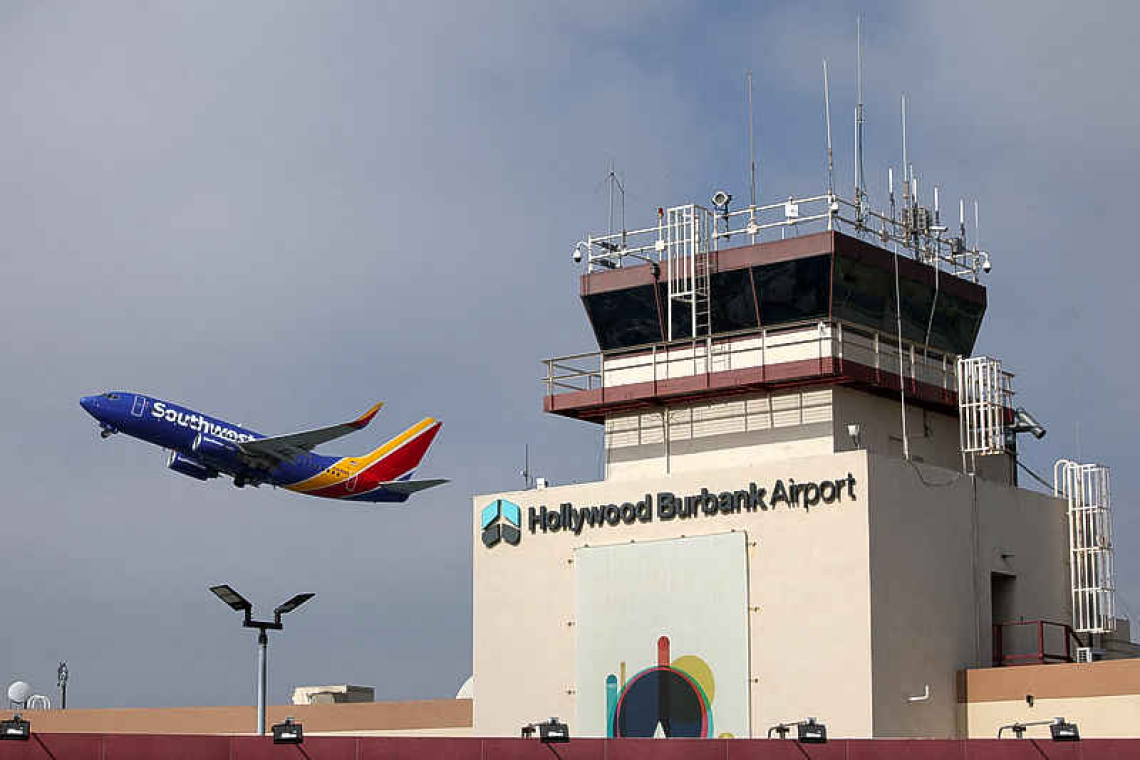WASHINGTON/CHICAGO--U.S. Transportation Secretary Sean Duffy said on Wednesday that he would order a 10% cut in flights at 40 major U.S. airports, citing air traffic control safety concerns as a government shutdown hit a record 36th day.
The drastic plan sent airlines scrambling to make significant reductions in flights in just 36 hours and passengers flooded airline customer service hotlines with concerns about air travel in the coming days.
Duffy said the cuts could be reversed if Democrats agreed to reopen the government.The shutdown, the longest in U.S. history, has forced 13,000 air traffic controllers and 50,000 Transportation Security Administration agents to work without pay.
The Trump administration has sought to ramp up pressure on Democrats to end the shutdown and has increasingly raised the specter of dramatic aviation disruptions to force them to vote to reopen the government. Democrats contend Republicans are to blame for refusing to negotiate over key health care subsidies.
Tens of thousands of flights have been delayed since the shutdown began because of widespread air traffic control shortages. Airlines say at least 3.2 million travelers have already been impacted by air traffic control shortages.
"We had a gut check of what is our job," Duffy told reporters, citing a confidential safety assessment of the impact of the shutdown on controllers that raises concerns about their performance. "Our job is to make sure we make the hard decisions to continue to keep the airspace safe."
Reuters earlier reported the plan.In a call with major U.S. carriers, the FAA said capacity reductions at the airports would start at 4%, rising to 5% Saturday and 6% Sunday, before hitting 10% next week, industry sources told Reuters. The FAA also plans to exempt international flights from the cuts.
"When we see pressures building in these 40 markets, we just can't ignore it," FAA Administrator Bryan Bedford said at a press conference. "We can take action today to prevent things from deteriorating so the system is extremely safe today, will be extremely safe tomorrow."
While the government did not name the 40 airports affected, the cuts were expected to hit the 30 busiest airports including those serving New York City, Washington, D.C., Chicago, Atlanta, Los Angeles and Dallas. This would reduce as many as 1,800 flights and over 268,000 airline seats, according to aviation analytics firm Cirium.
The move is aimed at taking pressure off air traffic controllers. The FAA is about 3,500 air traffic controllers short of targeted staffing levels and many had been working mandatory overtime and six-day weeks even before the shutdown.
The FAA also warned that it could add more flight restrictions after Friday if further air traffic issues emerge.
Airlines for America, a trade group representing major U.S. carriers such as Delta, United, American, and Southwest, said its members were trying to understand the next steps. "We are working with the federal government to understand all details of the new reduction mandate and will strive to mitigate impacts to passengers and shippers," it said.







